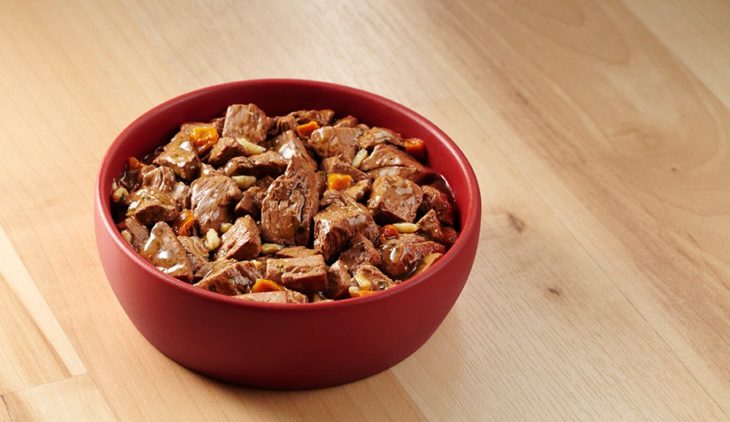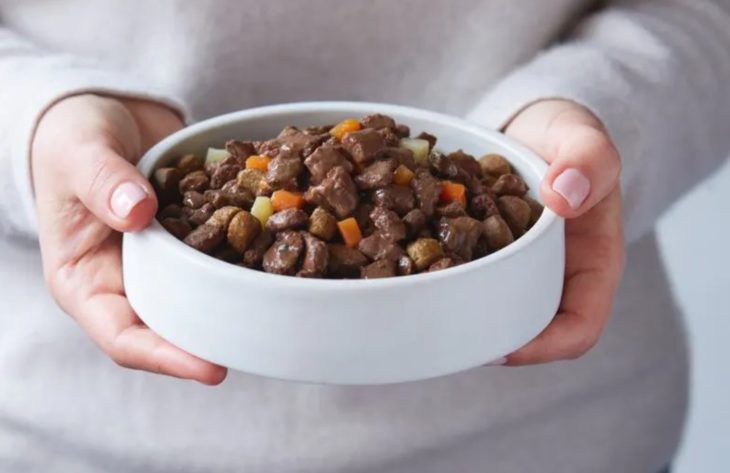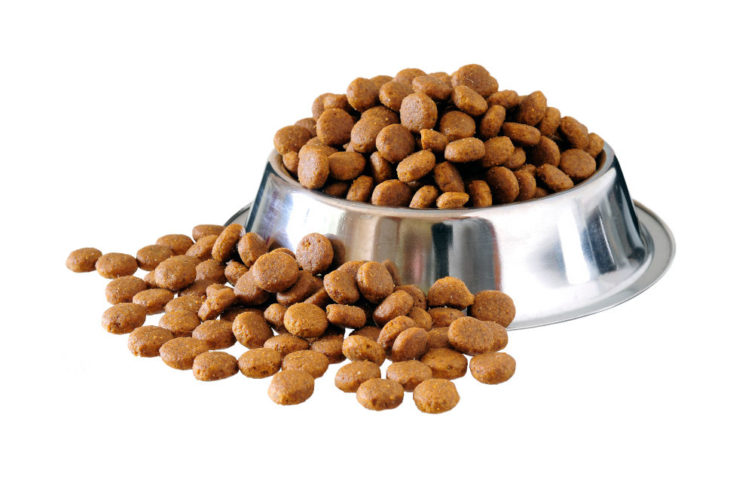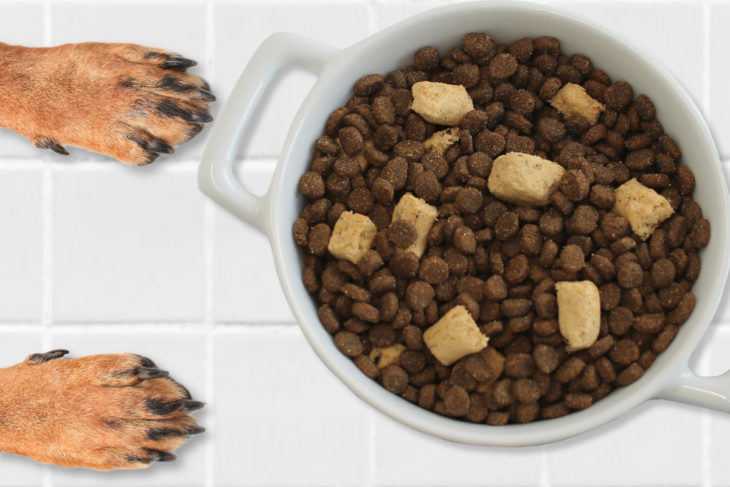As a pet parent, you want your dog to be healthy and happy. After all, it’s your responsibility as a pet owner to ensure that your pet is free from any type of illness and disease. This is especially important if you’re looking after a young or aging dog. However, good health starts with proper nutrition, so you must be striving to feed your furry friend with the healthiest foods that your budget allows.
However, when it comes to choosing the best dog food, check thedogdigest.com. Some pets prefer dry kibble, while others prefer canned or wet food.
Given the varieties of canine food these days, it’s quite reasonable for pet parents to become overwhelmed with the choices available. Some of the people also prefer not to go for any commercial food and feed their furry little buddy with homemade food.
If this is your first time to become a pet owner, and you often see yourself troubled in deciding which type of food to give to your furry friend, this article can help. This resource will present information to help you decide whether dry or wet food is best for your dog.
Contents
Wet Vs. Dry Dog Food: Which One You Should Choose?
While both wet and dry foods are excellent options, based on your dog’s age, health condition, and behavioral needs, either of them can be considered as the best dog food. Both types of diets come with several pros and cons, and as a pet owner, you’re responsible for researching the background of each of these diets. You need to know what these diets contain, and how these can affect your dog’s health and wellness.
But before you go to buy the food for your pet, you need to know the benefits and downsides of each of these formulas.
Benefits of Wet Dog Food

Source: Chelsea Dogs
-
Wet Foods are Hydrating
Wet foods are known for their greater water content, which is important for your puppy’s proper hydration. If you live in a country with hot and humid weather, it’s crucial that you keep your dog hydrated.
However, some dogs tend to drink less water than they should. In that case, feeding them with wet food can keep them hydrated. These foods are particularly helpful for dogs that suffer from urinary tract infections.
-
Easy to Chew
If your dog is suffering from any dental issue, such as a small mouth, loss of teeth, or misaligned jaws, it will be difficult for them to chew dry foods, particularly kibble. In that case, feeding them with canned or wet food can be the right choice as they are relatively easy to chew. Wet dog foods are softer and very easy to chew. Feeding this type of food to your dog will give you peace of mind knowing that your furry friend stays healthy even if they’re currently suffering a specific type of dental issue.
In that case, feeding them with canned or wet food can be the right choice as they are relatively easy to chew.
-
Great for Your Puppy’s Weight Management
Are you worried about your puppy’s weight? Do you notice that your puppy is slowly gaining too much weight? If you answered “yes” to both of these questions, then wet food can be an excellent solution to this problem.
Due to the high moisture content, wet food can quickly help your dog feel full. This means that they will tend to eat lesser amounts of food in the long run, and can result in a healthier weight. Also, these foods provide lower energy content per portion, meaning that your furry friend can eat a great deal without exceeding his or her calorie requirements.
-
Wet Foods are Flavorful
As your canine friend becomes old, he or she may start losing their sense of smell. In that case, they may refuse to eat kibble or dry foods. Leaving this problem unaddressed can possibly lead to malnutrition because your dog won’t have the motivation to eat.
Canned foods are rich in flavor and closely resemble fresh meat. The sharp smell of these foods can increase the appetite of your dog, and he may find it more palatable than his usual dry foods.
Disadvantages of Wet Food

Source: tails.com
-
Not a Great Value for Money
Wet foods tend to be a bit costly and have a poor shelf life. Most pet owners end up throwing out spoiled food, which is not cost-effective.
-
Not Good for The Dental and Digestive Health
While canned foods are easy to chew with your dog’s dental problems, they can be responsible for more plaque build-up and tooth decay. Also, the moisture, fat, and high protein contents can cause digestive issues, as well as kidney issues.
Benefits of Dry Dog Food

Source: MedicAnimal.com
-
A Cost-Effective Option
Compared to wet food, dry food or kibble is less expensive and comes with an excellent shelf life. A package of dry foods can be stored for months in an airtight jar.
Besides, due to their high energy content, you only need small quantities to meet your dog’s needs, meaning that you can save the right amount of money.
-
Good for Dental Health
While dry foods can be challenging to chew, they are quite good for your puppy’s dental health.
Some of the kibbles are designed to remove plaque, or tartar build-up, providing cleaner teeth. So, your dog will have cleaner teeth every time he chews some of these dry foods.
-
Convenient
Are you a frequent traveler? Do you take your dog with you every time you go out? If so, then wet foods are not for you.
Dry foods are easy to carry and don’t have any strong smells. You can carry them in your bag and put them in a bowl whenever your dog is hungry.
Also, these foods are odorless, which is particularly helpful when you’re feeding your dog in a park, where other people may get annoyed with the smell of dog food.
Moreover, dry dog food is available almost anywhere. Regardless of your location right now, you can easily buy dry dog food from your local pet store. You can also check websites such as homesalive.ca to have these products delivered to your doorstep. The convenience of buying dry dog food will save you time and money in the long run.
Disadvantages of Dry Food

Source: Food Business News
-
Less Fat, More Carbohydrate
If your dog is quite active, you need to feed him food rich in fat and with fewer carbohydrates. In that case, dry food may not be a good choice.
Manufacturers tend to put more carbohydrates and fewer fats to keep the kibbles in shape. It’s not a good choice for dogs with overweight issues.
-
Difficult to Chew
Some dog breeds don’t come with the facial structure suitable to chew dry foods. Besides, some of them are more prone to suffer from dental issues, such as loss of teeth, and it becomes difficult for them to consume dry foods.
-
Not Suitable for The Senior Dogs
As you already know, dry foods are odorless. Some dogs lose their olfactory sense, as well as their appetite, as they get older. They don’t find the kibbles quite appealing and refuse to eat them.
Can You Mix Them?

Source: Petbarn
Since both wet and dry foods have their benefits and disadvantages, you may be thinking of mixing them both to get the best of both worlds. While there’s no problem feeding your dog with both types of food, you certainly shouldn’t mix them.
Unless your dog has some dietary complications, consider serving them separately, for example, dry foods for breakfast and canned food for lunch, or vice versa.
If you can’t buy wet food frequently, you can give it to your dog occasionally as a treat for being a good boy.
Final Thoughts
While both the dry and wet versions of canine food are beneficial for your puppy’s health, the choice often depends on the diet they need and their preferences. Besides, you should consider their health condition before choosing the right food for them.
An expert can help you choose the right diet for your furry friend. Also, do not switch between dry and wet or vice versa without discussing it with the vet.
